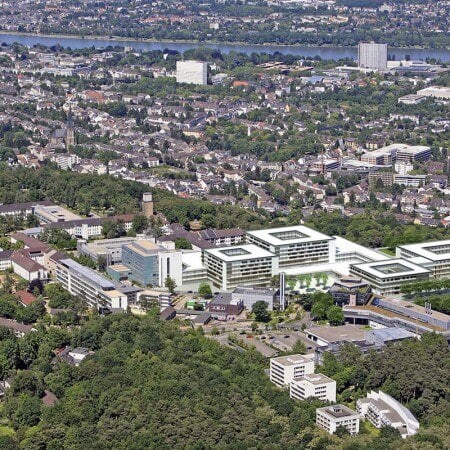About the disease
As the name suggests, an eyelid tumor develops on the outer surface of the eye. It usually develops in the form of a mass. An eyelid tumor can be either cancerous or benign, depending on the pathology of the cells where it develops. If the eyelid tumour is cancerous, it is highly likely that the tumor will spread to other parts of the eye or to the skin, becoming melanoma, which is why it is essential to get a timely diagnosis.
An eyelid tumor is also known as an epithelial eye tumor, meaning that it affects the tissue of the eye. It usually starts to develop in the sebaceous glands, which are responsible for producing sweat.
According to Cancer.Org, 80% of eyelid cancer cases develop in the lower epidermis of the skin. This type of cancer is generally known as basal cell carcinoma. It is more common among people with pale skin. Also, people with blue or green eyes are more susceptible to this type of cancer than people with brown eyes. An eyelid tumor can also start in the cells that are responsible for lubricating the eyelids.
A rarer type of eyelid tumor is melanoma, which starts in the cells responsible for the pigment in the skin. Melanoma is more difficult to cure, because its symptoms show up later than those associated with basal cell carcinoma. Nonetheless, melanoma of the eyelids is a very rare condition, accounting for approximately 5% of all eyelid tumor cases. Eyelid tumours are more common in people over 60. It is considered that continuous exposure to ultraviolet light, a genetic predisposition and extremely fair skin are the main contributing factors to the development of eyelid tumors.
Symptoms
- Pain in the eyelid
- Changes in the appearance of the eyelid
- Eyelid becomes thickened and swollen
- An ulceration or lump develops on or near the eyelid
- Dizziness
- Nausea
Diagnosis
- During a general examination, the ophthalmologist will check the eyelid for any strange swelling, lumps or masses.
- The patient’s previous medical history and age can have a bearing on making the right diagnosis.
- A biopsy is the most effective way to identify an eyelid tumor. The doctor examines a sample of the patient’s eyelid tissue under a microscope, to determine whether the tumor is cancerous or benign. If the tumour is indeed cancerous, the biopsy can determine its stage and whether or not cancer spread to any other organs.
- MRI and CT scans create images of the internal organs that are located near the eyelid, namely the eye, brain and spinal cord. These images help doctors to determine whether the eyelid tumor has metastasized to any other organs.
Treatment
- Diathermy and cryocoagulation are surgical procedures that use extreme temperatures (hot and cold) to remove a layer of the eyelid. Several sessions may be required to completely destroy the tumor. After some time, the layer of skin removed will grow back and heal.
- Neoplasm resection with plastic repair. This is a surgical procedure whereby the tumor is removed and then the affected eyelid is plastically repaired for aesthetic reasons.
Authors: Dr. Vadim Zhiliuk, Dr. Sergey Pashchenko

















